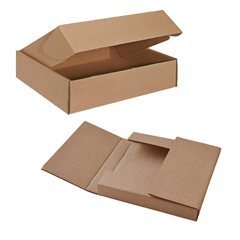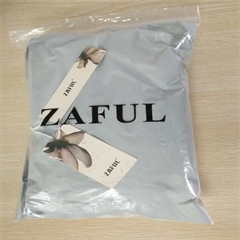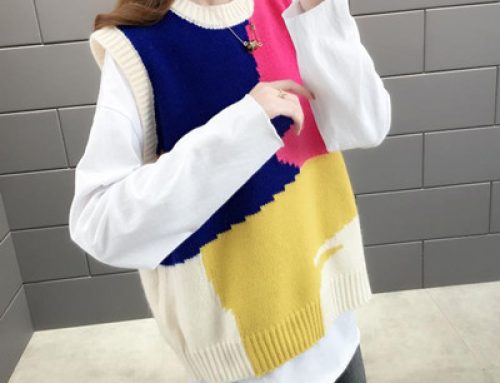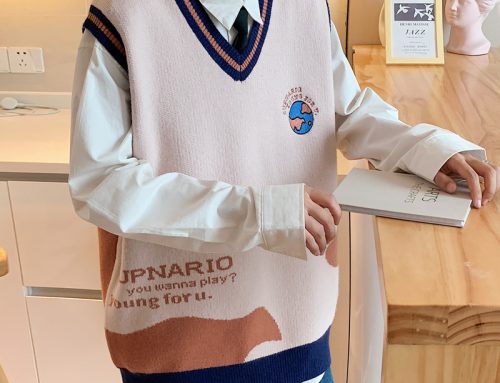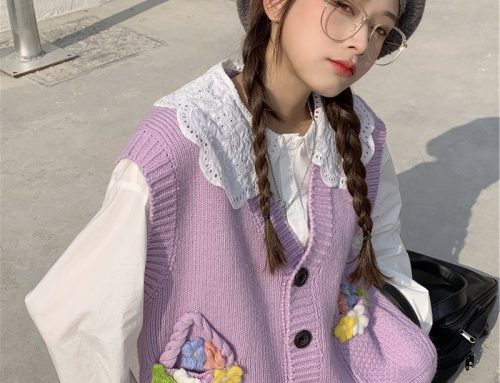Knitwear is a versatile and timeless addition to any wardrobe. From cozy sweaters to chic cardigans, knitwear offers a wide range of styles suitable for various occasions and seasons. Whether you’re looking for a comfortable yet fashionable option for winter or a lightweight layer for cooler summer evenings, this guide will help you master the art of styling knitwear.
1. Understanding Knitwear Types
Knitwear comes in various types of fabrics and styles. Here are some common options:
- Sweaters: Sweaters are a staple in every wardrobe. They can be pullovers or cardigans and are available in different weights, from chunky to lightweight.
- Cardigans: Cardigans are versatile and can be worn open or buttoned up. They can be layered over shirts, dresses, or even other sweaters.
- Turtlenecks: Turtleneck sweaters have a high neckline that folds over, providing warmth and a touch of sophistication.
- Crewnecks: Crewneck sweaters have a rounded neckline and are great for casual outfits.
- V-Necks: V-neck sweaters are flattering and can be dressed up or down easily.
- Chunky Knits: These are thicker, heavier sweaters that are perfect for staying warm in colder weather.
- Lightweight Knits: These are ideal for transitional seasons or layering.
2. Choosing Fabrics
The type of yarn used determines the comfort, warmth, and texture of the knitwear. Common options include:
- Wool: Provides excellent warmth and insulation. Merino wool is softer and less itchy than traditional wool.
- Cashmere: Known for its luxurious softness and warmth, cashmere is a premium choice.
- Cotton: Light and breathable, making it suitable for various temperatures.
- Synthetics: Acrylic, polyester, and nylon blends are often used for more affordable options and can mimic the feel of natural fibers.
3. Color and Patterns
- Neutral Colors: Neutral shades like black, gray, beige, and navy are versatile and can be easily paired with other pieces.
- Bold Colors: Bright or deep hues can add a pop of color to your outfit.
- Patterns: Stripes, fair isle, cable knit, and other patterns can add visual interest to your knitwear.
4. Layering Techniques
- Collared Shirts: Layer a collared shirt under a crewneck sweater for a preppy look.
- Button-Up Cardigans: Wear a button-up cardigan over a blouse for a polished ensemble.
- Turtlenecks Under Dresses: Layer a turtleneck sweater under a dress to make it suitable for colder weather.
5. Styling Tips
- Half-Tuck: For a casual yet stylish look, try the half-tuck with a chunky sweater and jeans.
- Belted Sweaters: Define your waist by belting a loose-fitting sweater.
- Layer with Scarves: Pair knitwear with scarves for added warmth and style.
- Mix Textures: Mix different textures for an interesting outfit. For example, pair a cable-knit sweater with leather pants.
- Dress Up with Accessories: Elevate a simple knitwear outfit with statement jewelry, a stylish hat, or fashionable boots.
6. Occasion-Based Styling
- Casual: Opt for oversized sweaters with jeans or leggings for a cozy and relaxed look.
- Work: Pair a tailored cardigan with dress pants or a pencil skirt for a professional appearance.
- Evening: Choose a sleek, fitted knit dress and accessorize with heels and elegant jewelry.
7. Care and Maintenance
- Always check the care label for washing instructions.
- Hand wash delicate knits to prevent damage.
- Fold instead of hanging to maintain the shape.
- Use a fabric shaver to remove pilling.
8. Investing in Quality
Investing in high-quality knitwear ensures longevity and comfort. Quality pieces are less likely to stretch out of shape or lose their color over time.
Knitwear is a wardrobe essential that can be both stylish and practical. By understanding different types, fabrics, and styling techniques, you can create versatile and fashionable outfits for any occasion.
